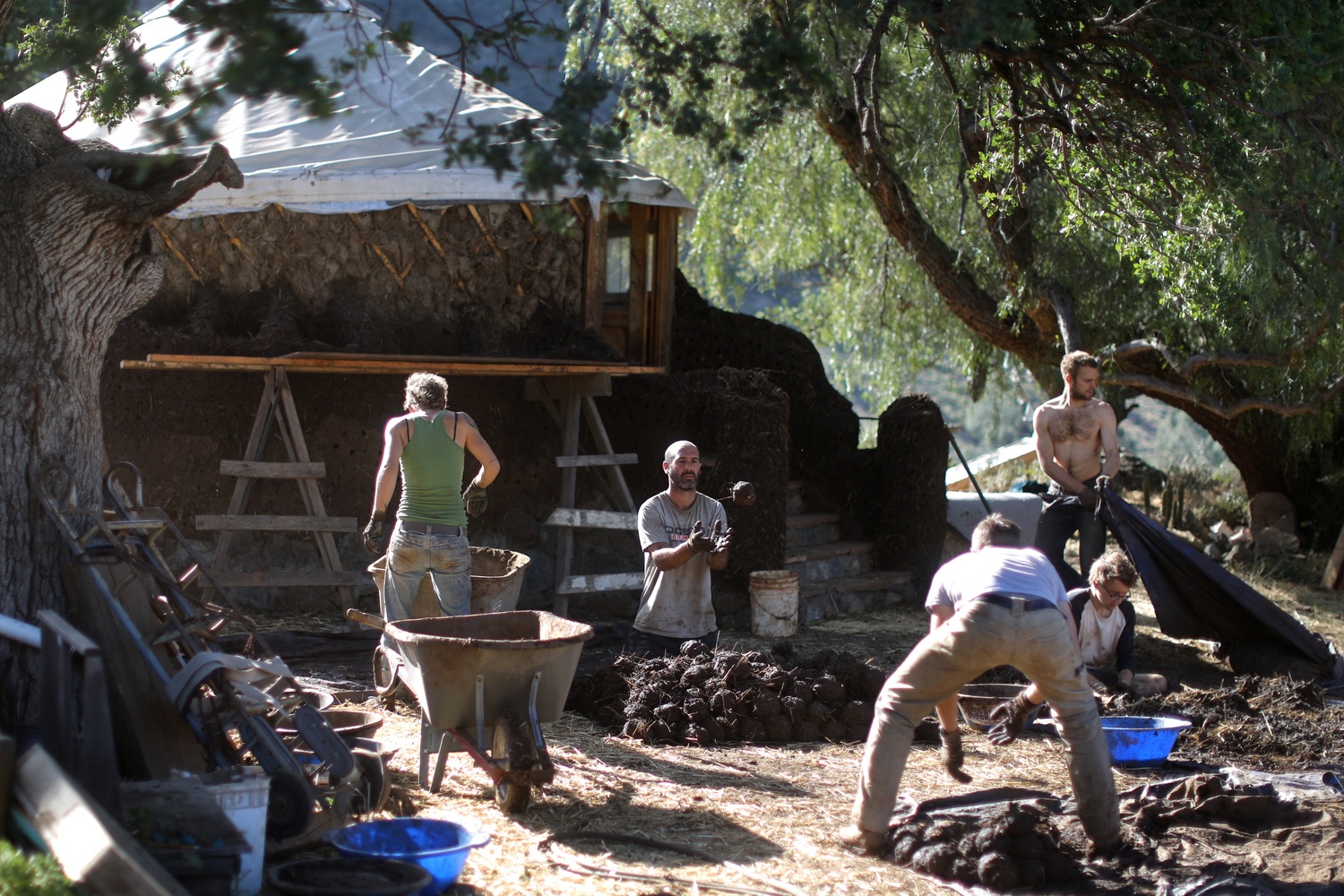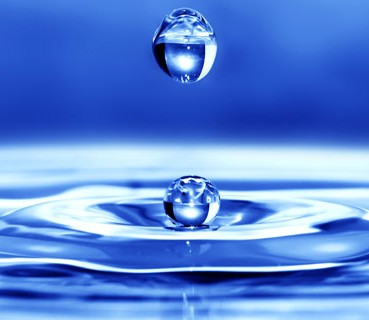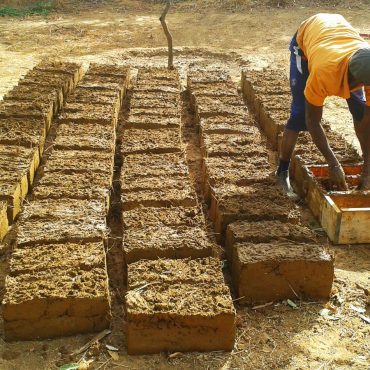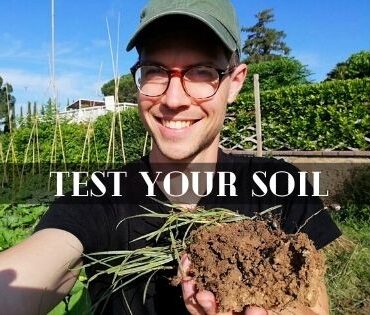
The Real Cost of a Natural Building
Many of the misconceptions about the cost of natural buildings come from the large number of variables that have to be considered when planning a project. With industrial construction, detailed […]

It is no secret that fresh water resources on this planet are increasingly under threat. Even in regions that don’t have to worry about drought, contamination, and waste are still threatening access to clean water. According to the World Water Council, while the human population tripled in the 20th century, our use of renewable water resources has gone up six-fold. While there are many reasons for this increase in demand there is no question that there are immense inefficiencies in nearly every aspect of our water use. While recent droughts like the ongoing one in California have brought this issue into the public discourse, much of the response from the government and conservationists has been to restrict the use of water rather than address the ways in which it can be used more effectively and without waste. In this article we’ll focus on some of the options available to people on a small and personal scale to help you to regain your independence and security with this essential resource and help to reduce contamination and waste without giving up the convenience and luxuries we all enjoy.

The good news is that all of these problems with the industrial water supply system can be remedied fairly easily. We can start at the beginning with where our water comes from. If you have a house and any amount of land, there are ways in which you could augment your home water supply or replace your municipal connection entirely. Even in a city, you probably have access to more options than only water from the utility suppliers. Another way that modern water systems waste energy is through the ways in which we heat water. If your main source of heating your water comes from electricity or fossil fuels then you probably stand to gain a lot by changing or improving your systems. In the end, no matter where you get your water from, if you aren’t using it efficiently the biggest potential in savings will come from recycling and re-purposing your water before it leaves your site.
Sourcing
Whether or not you have easy access to a municipal water supply there are other good ways of supplying your water needs without relying on the utility companies. Each step you take towards providing this essential resource for yourself will not only reduce your utility bill, it will also help you to achieve a more resilient and self-sufficient lifestyle.
If you have the benefit of living near a stream, river, or lake, you might be able to tap directly into that source. Though you’ll usually need to install at least a filter and sometimes a pump, sourcing from a nearby body of water can be a good alternative to a municipal source. Always make sure to get the water checked at a lab to make sure there are no toxic substances, chemicals, or bacteria in it. Even if you have clean water it’s a good idea to treat and filter it if you’ll be using the water for drinking or cooking. If you don’t intend to use it as potable water you can usually use it as-is for irrigation or washing.
Installing a well is another good way to achieve water independence, but you should do your research before-hand. Depending on your location, ground water may be buried very deep or even be contaminated. It may also not be a consistent source of water during part or all of the year. You can often get a good estimate and further information from a well-digging company. While installing a well often constitutes a large up-front cost, over time it could be cheaper after all you’ll save by not having a water bill.

Ultimately, the most versatile and easy way to augment your water supply is to install a rain catchment system. Roofs and awnings can collect an impressive amount of water. Just take a look at the chart to calculate how much you could be collecting based on the size of your roof. Depending on your location and climate, water catchment could even provide all your needs for the house and the garden. Even in dry climates a single rainfall could fill a large cistern for use over a long period of time. If stored and filtered properly, rain water needs minimal processing to be made potable and doesn’t need any processing to be used for watering plants or for washing.
Heating
The industrial water system’s common methods of heating are damaging both the environment and your wallet. Hot water is one of the great luxuries of modern living, but it doesn’t need to consume a fraction of the energy that people normally use. There are many ways of using the sun’s energy to heat your water. While there are large and intricate systems that you could either build or buy, solar heating can also be as simple as leaving a coil of hose or a container of water out for a few hours in the sun on a hot day. In many cases simple solar heating additions can be added in front of your current hot water heater to help to reduce the energy it uses. If you live off-grid or in an area that gets minimal solar gain, heating water with a stove might be a good option. High efficiency stoves such as rocket stoves can be modified to heat water while burning a minimal amount of fuel. Just check out this video of a DIY water heater in Australia.
Another option, if you have the luxury of abundant electricity or gas, is to reduce your energy bills by switching from a conventional heated water tank to either a high efficiency model or an on-demand water heater. Rather than preheating and storing hot water all day, with on demand heaters water is only heated when it’s being used. The other advantage is that with these appliances you never have to worry about running out of hot water.
Recycling
Even more important than how you source or heat your water is how well you use it. In developed countries (even those with scarce water resources) we tend to waste huge amounts of water through inefficient systems. After a single use it’s common for water to be drained far away to either be processed as sewage or disposed of in a river or ocean in a way that contaminates that body of water. Most of us still use potable water to flush our toilets and take showers when far less processed water would suffice. Clean or lightly soiled water from our sinks and showers (known as gray water) ends up being mixed and treated with the same water from toilets (known as black water). The good news is that there are many ways to treat and reuse gray water.



Gray water systems aim to recycle the lightly soiled water from sinks, showers and laundry, and treat it in a way that makes it safe and usable for non-potable applications such as garden irrigation and toilet flushing. Diverting gray water is the first step in the system. Rather than sending it to be mixed with black water to become sewage, gray water can be routed to filtration devices and holding tanks in order to be used in other applications. Making sure that your gray water is clean enough for secondary use is the most important consideration for a safe and effective system. Air and sunlight are often enough to clean gray water sufficiently to use in irrigation, but if your water is more heavily soiled with dirt, kitchen waste, or cleaning products, it’s a good idea to filter and treat it more thoroughly. It is important to first remove solid waste such as food particles, hair, or debris from the water to prevent pipes and filters from clogging. Screens and sand or gravel containers are effective at removing particulate matter and are cheap and easy to make or buy. Aerators such as pumps and waterfalls also help to purify the water by adding oxygen and maintaining the correct PH balance. Water filtration gardens are a good way to remove harmful substances and bacteria. They include marsh and wetland plants that absorb or neutralize toxins and bacteria in your water. If your water is draining to a filtration garden, it’s important to use biodegradable cleaning products and toiletries and never put products such as bleach or other toxic chemicals down the drain which could kill the plants in your garden. The easiest way to use your reclaimed gray water is to water your plants with it. This requires the least amount of treatment, and in many cases, plants actually benefit from debris such as small amounts of food waste and the minerals in lightly soiled water. Draining gray water into a pond can also be a simple and effective way to recycle it. As long as it is aerated and doesn’t cause the PH level to fluctuate too much fish and aquatic plants will be able to clean the water in little time. If filtered to remove particulate matter, gray water can be reused effectively as wash water or diverted to the toilet for flushing. There are even prefabricated components exactly for this.

Outside of the home there are also many ways to make best use of the water that falls on the land as rain. It’s not just a matter of gathering and putting more water onto the site, but also making sure that it’s absorbed into the soil and doesn’t just evaporate off into the atmosphere. Using water catchment and gray water systems to get more water on site is a great way to irrigate your land without paying any extra money. During times when you have an excess of water you can store the excess in a pond or a cistern. Storing water in a pond has the added benefit of cooling the area around it and attracting all kinds of wildlife.


Tagged as: Articles, reuse and recycle, recycle.

Many of the misconceptions about the cost of natural buildings come from the large number of variables that have to be considered when planning a project. With industrial construction, detailed […]



Copyright Regenerative Skills 2021
Post comments
This post currently has no comments.